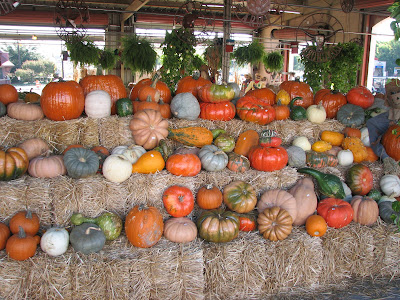I had never heard of this beverage and I imagined going to the local liquor store and having the following exchange. (You should hear a Texas twang inside your head for this.) Me: “Hi, I’m looking for a bottle of soju. Do you have it?” Liquor store clerk: “So what?” Me: “Soooo jew.” Liquor store clerk: “Huh. Never heard of it.”
Soju is a distilled beverage from Korea. It is clear in color and tastes similar to vodka, but it is lower in alcohol content, usually 25 to 45% ABV. Traditionally soju was made from rice, but you can now see it distilled from other grains and starches. Even though it is commonly drunk neat in shot glasses, I wanted to mix it up a bit.
It just so happened that the very weekend I decided to create a soju cocktail we went to dinner with our friends Chris and Jennifer. We learned that Chris has become something of a liquor connoisseur and because my husband and I enjoy drinking alcohol, thinking about alcohol, and talking about alcohol, the conversation quickly turned to Chris’s expanded focus on liquor.
I asked Chris if he could recommend a liquor store that might have hard-to-find items. Chris asks what in particular I’m seeking. I don’t expect him to have heard of it, so I say I’m looking for an Asian distilled beverage called soju. Just as I am about to launch into an explanation of what has been shared with me by Virginia, he says oh, I think I have three cases of that. I’m pretty sure my mouth fell open at this point. I can only hope I didn’t embarrass myself too badly. Luckily, Jennifer has known me a long time and that certainly wouldn’t have been the most embarrassing thing I’ve ever done in front of her. Once, my jaw started working again, I asked him where he got it. He offers instead to give me a few bottles.
Well, we’ve enjoyed experimenting with our bottles of soju. Thanks, Chris!
Soju Gingertini
Makes 1
3 oz soju
1 1/2 oz ginger syrup
ice
lemon peel
Put soju, ginger syrup, and ice in a cocktail shaker. Shake until chilled. Strain into glass and garnish with lemon twist.
To make the ginger syrup - Take a 3-inch piece of fresh ginger, peel, and cut into big chunks. Put it in a saucepan with 2 cups of sugar and 1 cup of water, stirring to combine. Bring to a gentle boil over medium-high heat. When mixture boils, reduce heat and simmer until sugar is completely dissolved and syrup is slightly thickened. This took me about 3 minutes. Remove from heat, discard ginger, and let cool. Refrigerate until ready to use.
Soju Gingertini
Makes 1
3 oz soju
1 1/2 oz ginger syrup
ice
lemon peel
Put soju, ginger syrup, and ice in a cocktail shaker. Shake until chilled. Strain into glass and garnish with lemon twist.
To make the ginger syrup - Take a 3-inch piece of fresh ginger, peel, and cut into big chunks. Put it in a saucepan with 2 cups of sugar and 1 cup of water, stirring to combine. Bring to a gentle boil over medium-high heat. When mixture boils, reduce heat and simmer until sugar is completely dissolved and syrup is slightly thickened. This took me about 3 minutes. Remove from heat, discard ginger, and let cool. Refrigerate until ready to use.
Pom Soju Cooler
Makes 1 drink
2 oz soju
4 oz pomegranate juice
1/2 tsp honey
ice
lemon slice for garnish
Pour soju and pomegranate juice over ice. Stir in honey. Garnish with lemon slice.
Gingerbread Soju
Makes 1 drink
1 1/2 oz soju
3 oz ginger syrup
ice
cinnamon sugar
dash of allspice
cinnamon stick
Pour soju and ginger syrup in an ice-filled shaker. Shake until chilled. Strain and pour into a cinnamon sugar rimmed glass. Add dash of allspice and garnish with cinnamon stick.






























































